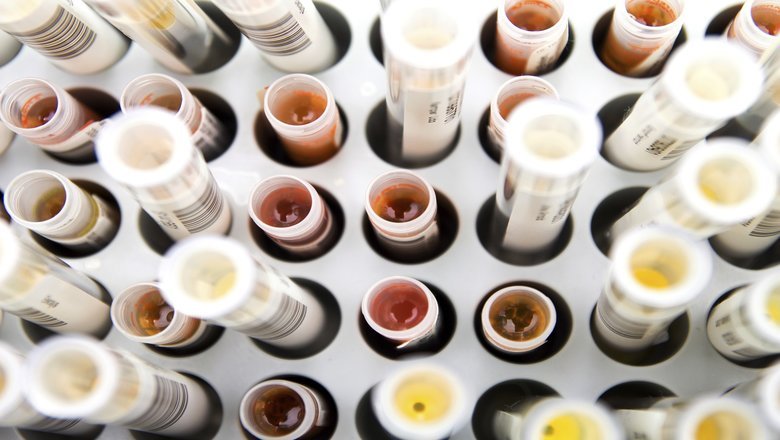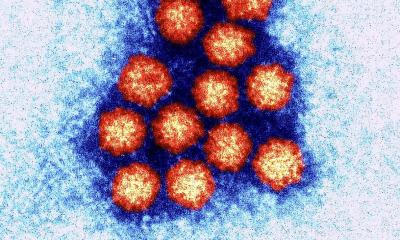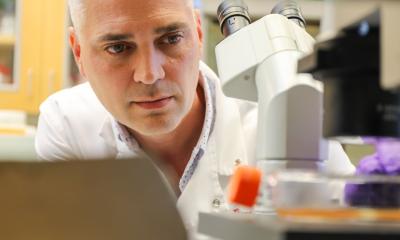
Source: King’s College London
News • Sexually transmitted infections
New findings could improve STI vaccinations
In a new study, researchers from King’s College London have shown how skin vaccination can generate protective CD8 T-cells that are recruited to the genital tissues and could be used as a vaccination strategy for sexually transmitted infections (STIs).
One of the challenges in developing vaccines for STIs, such as HIV or herpes simplex virus, is understanding how to attract specialised immune cells, called CD8 T-cells, to take up residence in the part of the body where the virus first enters. These cells need to be in place, armed and ready to provide an immediate protective immune defence, rather than waiting for immune cells in the blood to enter the tissues which takes time.
The researchers published their findings in Nature Communications.
Before this study, it was thought that vaccines ideally needed to be delivered directly to the body surface (e.g. female genital tissue) where the infection might start, so that the immune system can generate these CD8 T-cells, travel back to the vaccination site and eliminate any future virus that is encountered. However, delivering vaccines directly to the female genital tissue is neither patient-friendly nor efficient.
Recommended article

Article • Sexually-transmitted infections
Are Facebook and Twitter to blame for increasing STI rates?
While specific data remains limited on a possible connection between online forums and sexually-transmitted infections (STIs), this has become an area of increased focus. The subject was, for example, aired in April by one of the UK’s leading experts in the field, during the 28th European Congress of Clinical Microbiology and Infectious Diseases (ECCMID), in Madrid. At the four-day event, Dr…
This could have a significant impact in improving the effectiveness of vaccines against sexually transmitted infections
Linda Klavinskis
Now the team from King’s have found that their vaccination strategy marshals a platoon of immune cells, called innate lymphoid cells (ILC1) and monocytes, in the genital tissues to work together and release chemicals (chemokines) to send out a call to the CD8 T-cells generated by the vaccine to troop into the genital tissue.
This research builds on the team’s earlier work to develop skin vaccination techniques using a dissolvable ‘microneedle’ vaccine patch that once placed against the skin dissolves and releases the vaccine without requiring a hypodermic needle injection and generates immune responses. Lead author, Professor Linda Klavinskis from King’s said: “This study highlights how specialised groups of ‘innate’ immune cells in distant tissues can be harnessed to attract protective CD8 T-cells, arming the body’s frontline tissues from infection. We now need to confirm these results with other types of vaccines from the one used in the study to see if a common pathway is triggered by skin vaccination. If proven, this could have a significant impact in improving the effectiveness of vaccines against sexually transmitted infections.”
Source: King’s College London
21.05.2019











